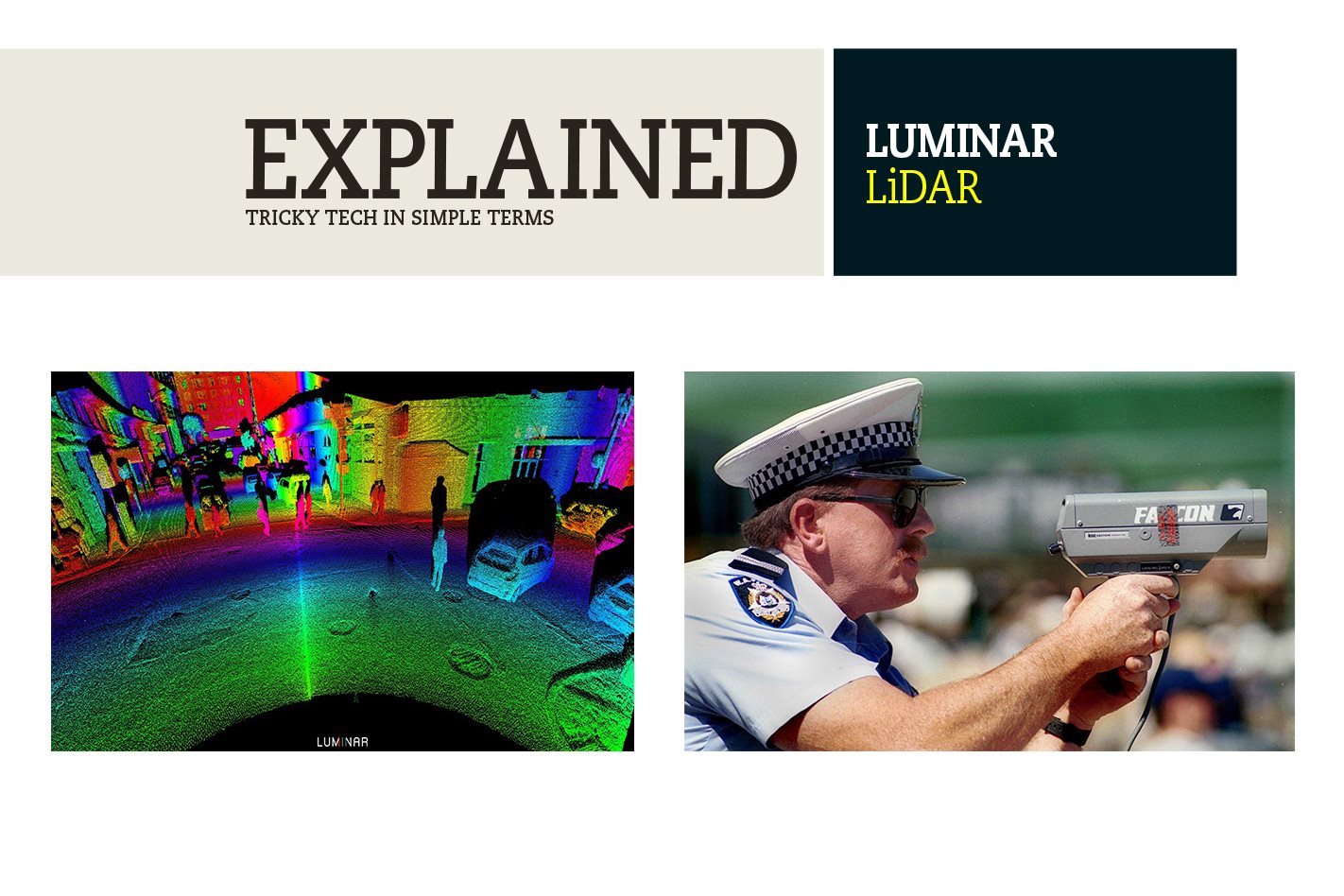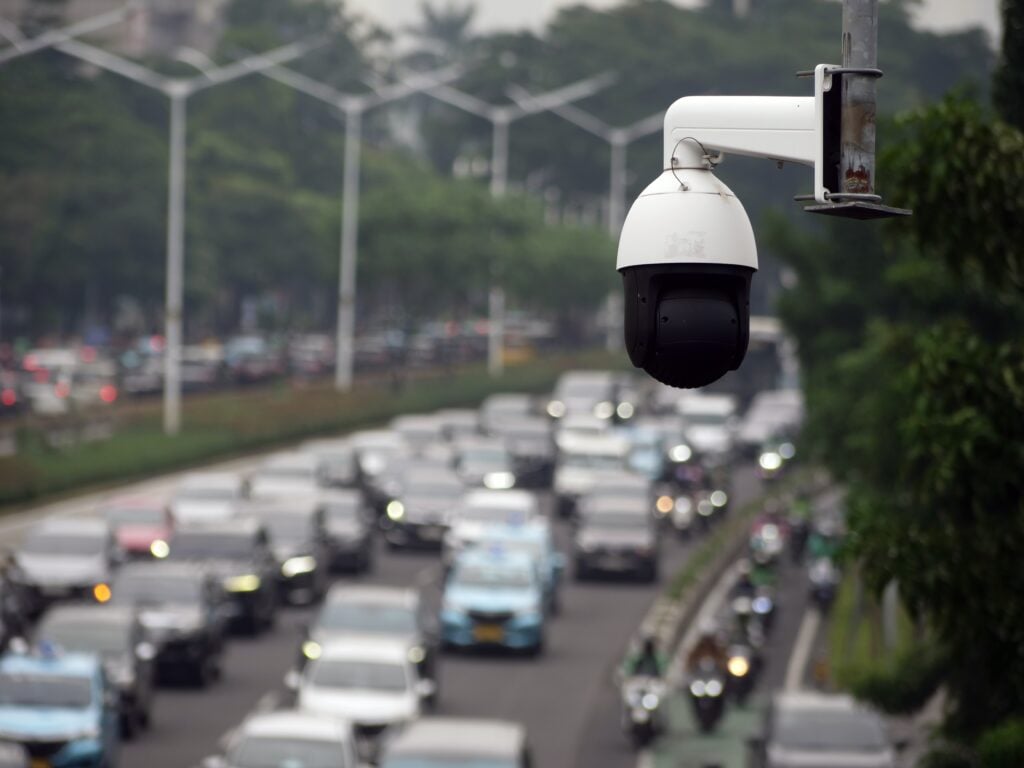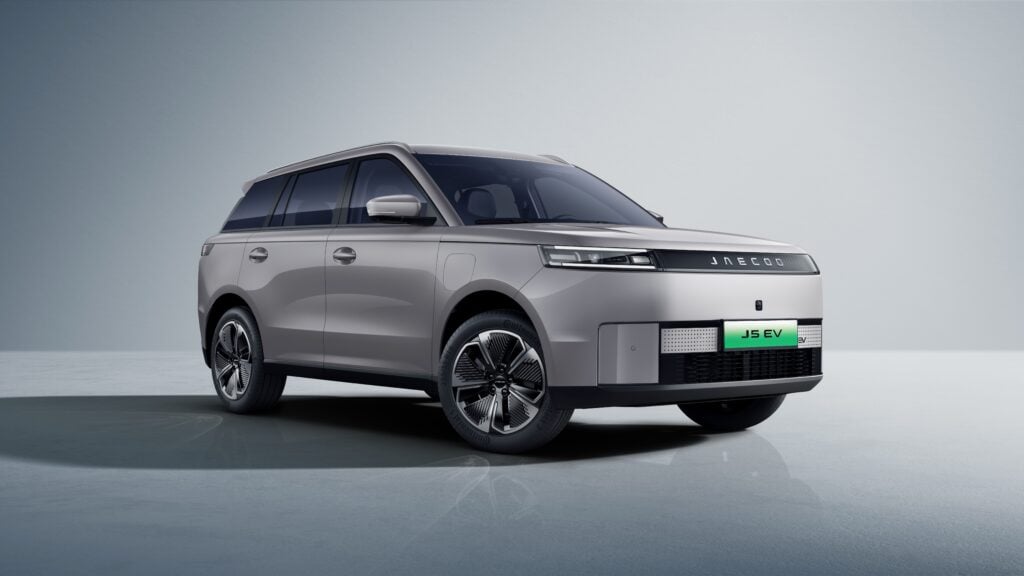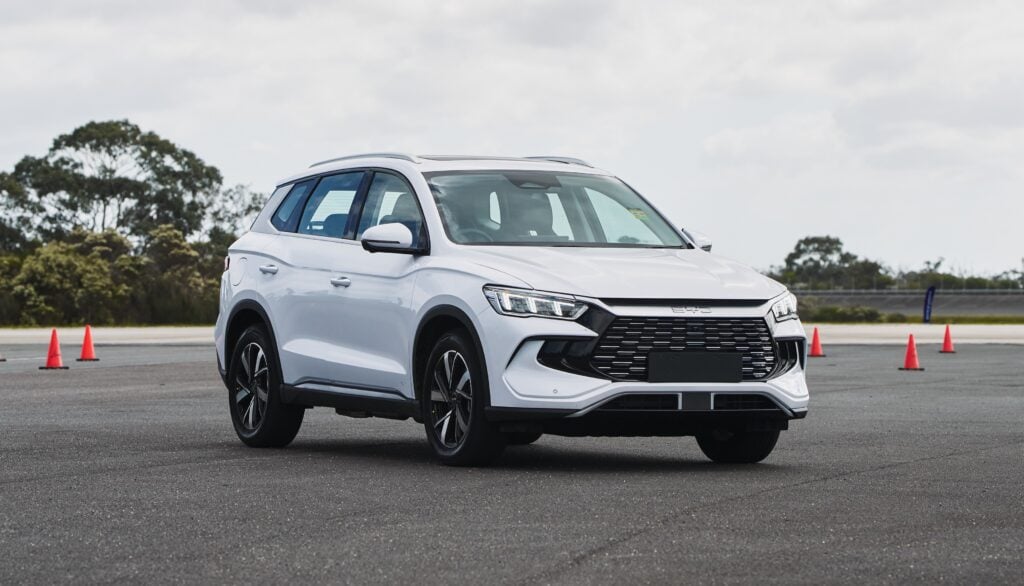IT MIGHT look like psychedelic artwork to humans, but LiDAR is an autonomous vehicle’s view of the world. The high-tech surveying system is already being used by the first autonomous vehicles, but its use is set to increase with the advent of true self-driving cars.
Wheels delves into the What? How? and Why? in this edition of Explained.
What is it?
LiDAR is an acronym for ‘light detection and ranging’. Essentially it’s a form of surveying technology that uses a laser to detect objects and, using the information gathered while in motion, rapidly builds a precise virtual image of the surrounding environment. It’s broadly agreed by vehicle manufacturers that LiDAR is fundamental to the success of autononmous vehicles. Orlando-based company Luminar is one of the industry leaders currently advancing the technology for automotive applications.
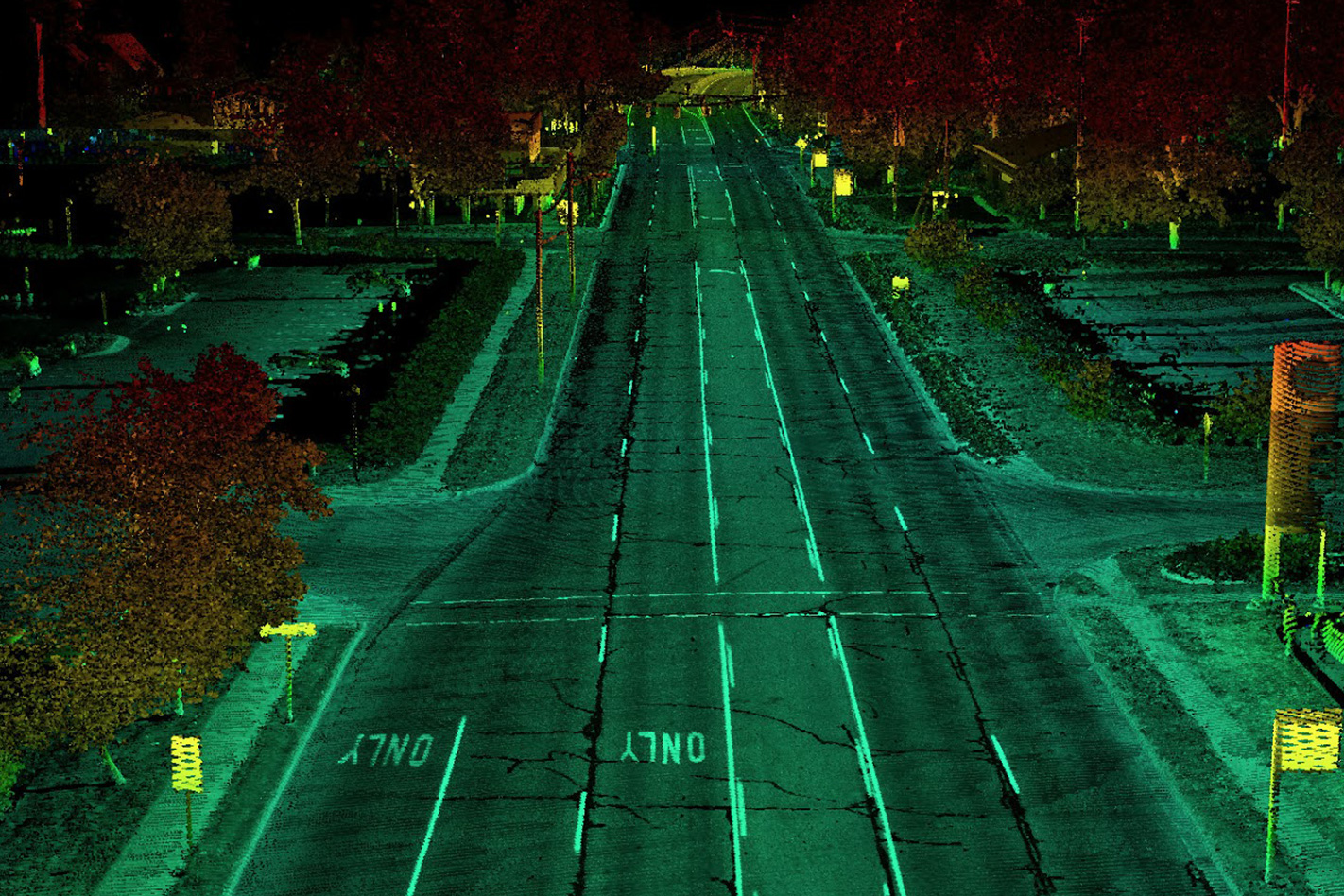
An infrared laser beam is scattered from the LiDAR unit. These light pulses hit surrounding objects and are reflected back to a sensor located near the laser. The sensor feeds the information to a powerful processor that calculates the time the laser pulse took to return and therefore the distance of the object that reflected it.
It can also detect the reflected brightness of the beam: bright light indicates a shiny surface, while a dimmer returning pulse will bounce back from a dark or dull object. The data is then processed to create a precise digital 3D image of the surrounding area.
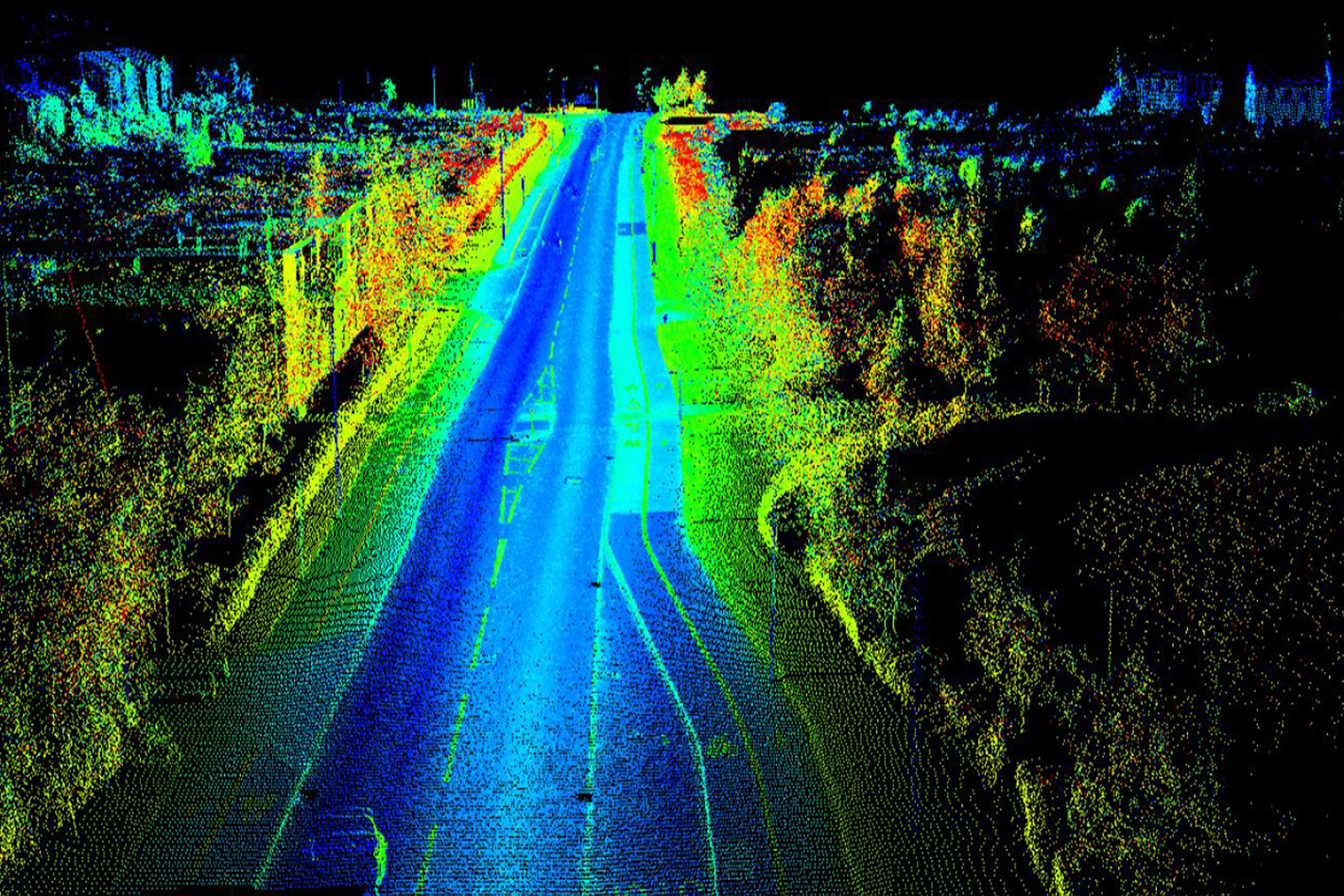
The image of a constantly changing environment is critical for a self-driving car as it allows it to see potential hazards, pedestrians and other road users, while enabling the vehicle to follow a course between static objects.
Not only can the technology establish where an object is, it can also tell what it is, which enables the car to more accurately determine if something is hazardous. Current systems allow accurate real-time detection of objects up to 250 metres away, which offers more time for a vehicle to react, while the detail of the digital image is unrivalled by any other technology with a similar range. Radar technology has a very long range but is only adept at sensing large objects. Camera technology has high detail sensitivity but a supporting system must use complex technology to interpret a 3D world from a 2D image, which gets harder at longer ranges.
LiDAR is a relative newcomer to the surveying tech world and requires significant research and development for autonomous applications. The cost per vehicle is still in the region of thousands of dollars and the systems have to be made more reliable, durable and scalable, but as the technology advances, LiDAR will be the cornerstone of true level four and five self-driving cars.


